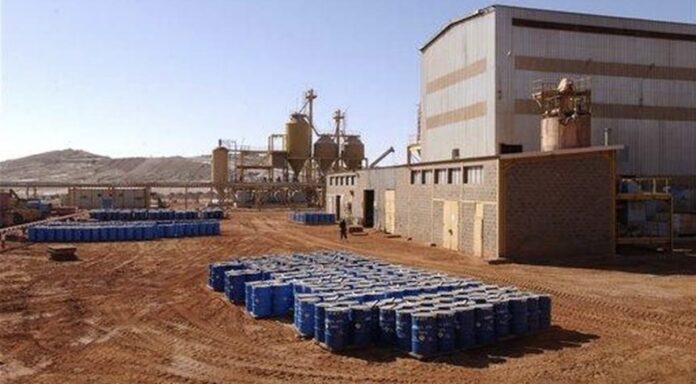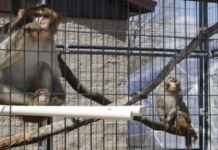Ten barrels containing 2.5 tons of natural Uranium have been declared missing by the International Atomic Energy Agency (IAEA), claiming that there is a “declared nuclear site” in Libya.
Uranium is safe by itself. However, each ton of uranium ore can be turned into 12 pounds of weapons-grade material once it is properly refined and enriched. Iran would be a likely customer for the uranium, given that Tehran is now fully committed to building a bomb.
The IAEA is keeping its mouth shut about missing ore.
According to the IAEA, “agency safeguards inspectors found that 10 drums containing approximately 2.5 tons of natural uranium in the form of uranium ore concentrate were not present as previously declared at a location in the state of Libya.” “Further activities will be conducted by the agency to clarify the circumstances of the removal of the nuclear material and its current location.”
Associated Press:
The IAEA declined to give more information on the disappearance of natural uranium.
Sabha, which is located about 660km (410 miles) southwest of Tripoli, Libya’s capital, is one example of such a site. It is located in Libya’s lawless south, the Sahara Desert. Moammar Qadhafi, Libya’s dictator, kept thousands of barrels containing so-called yellowcake (uranium) for his planned uranium conversion facility. This facility was not built during Qadhafi’s decades-long secret weapons program.
According to estimates, the Libyan stockpile amounts to around 1,000 metric tons of yellowcake uranium. After the 2003 invasion by the U.S., Qadhafi announced his new nuclear weapons program.
The IAEA did not give the location of the site from which the uranium disappeared. Speculation has centered on the city of Sabba where some 6,400 barrels of it were stored at one time. The enriched uranium was removed from Libya in 2009, but the unrefined yellowcake ore remained behind.
After Qadaffi was overthrown, Sabba became a lawless wasteland. The U.S.-backed Libyan National Army led by Khalifa Hifter, has been in nominal control of the region, but the question of who is in control of the uranium has yet to be answered.
“The loss of knowledge about the current location of nuclear material could pose a radiological risk as well as security concerns,” stated the IAEA. It also said that it needed “complex logistical arrangements to reach the site.”
It’s not surprising that IAEA inspectors struggled to navigate the complicated logistics to reach the site.




